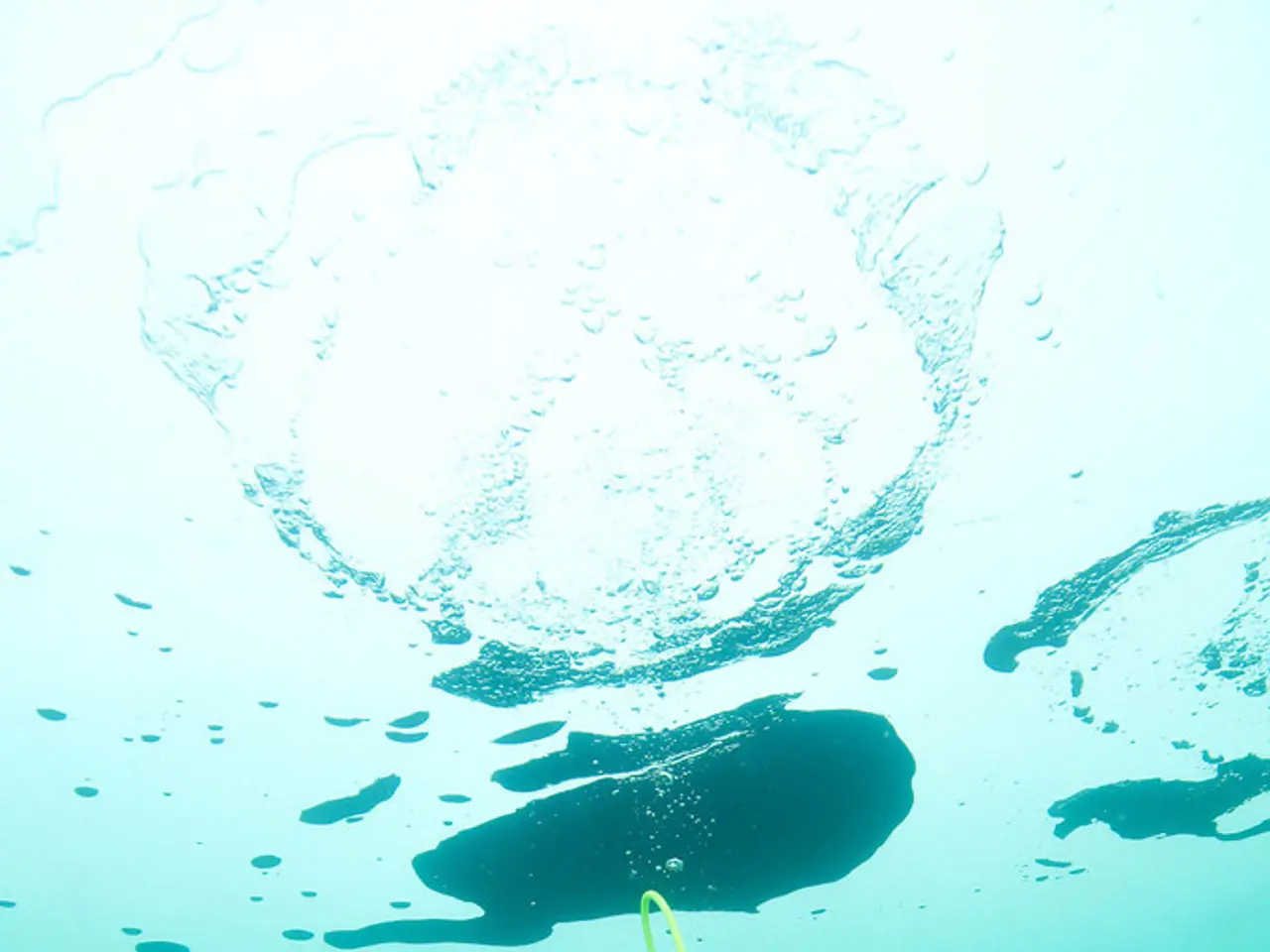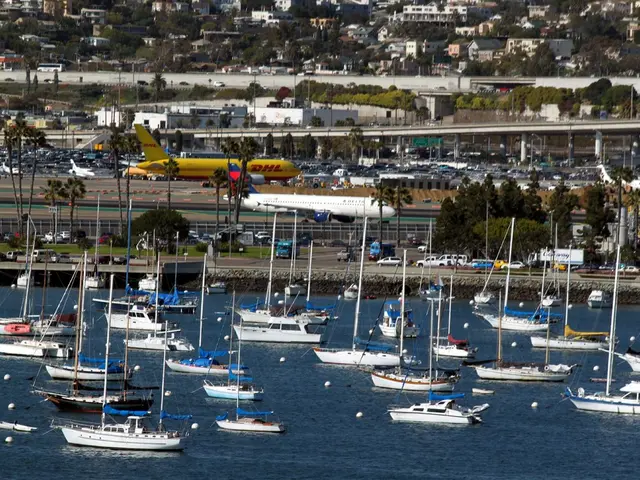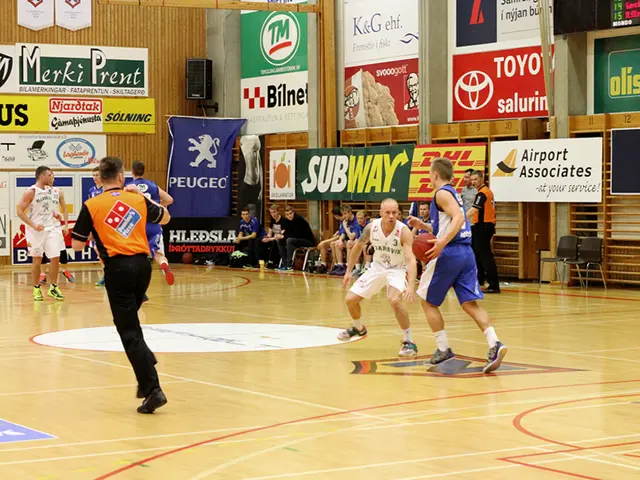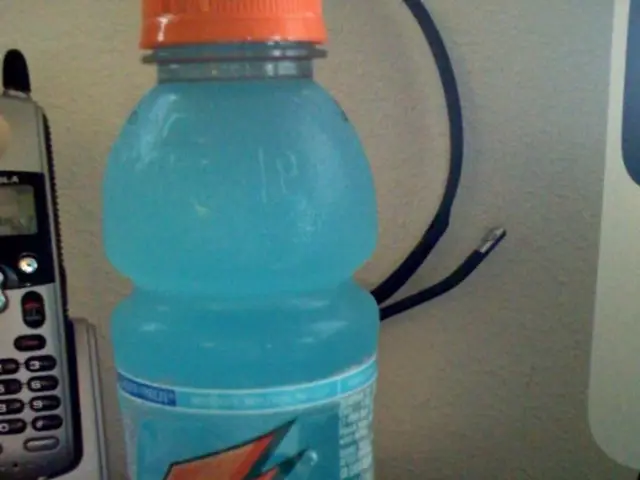Gear Essentials for Enrolling in a Scuba Diving Course
Diving Equipment Essentials for GVI Programs
Diving into the world of marine conservation and diving instructor training with Global Vision International (GVI) requires specific equipment to ensure safety and effectiveness. Here's a breakdown of the essential gear for various programs in Fiji, Seychelles, and Mexico.
Essential Diving Equipment
- A mask is crucial for seeing underwater, allowing divers to explore the vibrant marine life.
- Fins are indispensable for controlling movement and increasing speed underwater.
- A snorkel, also known as a dive snorkel, is necessary to conserve air before or after diving.
- A dive watch is essential for keeping track of time spent underwater. It needs to be water and corrosion proof, shock resistant, and have a depth rating of at least 100 metres.
- A dive computer, or personal decompression computer, records, monitors, and displays dive details, including depth, dive time, and previous dive information. It helps to accurately track no decompression limits and measure how long one can stay at certain depths underwater.
Equipment Required for Specific Programs
- In Fiji and Seychelles for Advanced Open Water and GVI Speciality programs, a slate (preferably A4 size) is required for underwater communication.
- In Mexico for the Open Water Scuba Instructor and Master Scuba Diver Trainer programs, a dive computer is mandatory for interns.
- In Seychelles for Rescue Diver programs, a compass is required.
- In Seychelles for Divemaster programs, a dive slate is necessary for underwater communication.
- In Mexico for the OWSI and MSDI programs, a dive knife or tool is optional for use on placement.
Optional but Useful Equipment
- A dive knife can be used to cut tangled fishing line or tap on a buddy's tank. A line cutter can serve the same purpose at a lower cost.
- Neoprene shorts provide extra protection and warmth and are optional.
- Rashguards are mandatory unless a participant is wearing a wetsuit.
- A scuba compass or diving compass is useful for navigating above water, on the surface, and at depth, and is mandatory for Divemaster programs.
- A pocket mask is optional but can be used for giving mouth-to-mouth resuscitation to divers who have stopped breathing.
- A delayed surface marker buoy (DSMB) is used to signal one's location upon surfacing.
- Finger reels are a safety line with various uses, including marking location, maintaining contact with surface support, and guiding back to a starting point.
Equipment Provided by GVI
GVI provides essential equipment for the dive program, including cylinders, buoyancy control devices (BCDs), regulators, submersible pressure gauges, weights, torches, and surface marker buoys. However, participants are still required to bring their own wetsuit or rashguard, dive slate, fins, mask, snorkel, delayed surface marker buoy, finger reel, dive watch, or dive computer.
In summary, while the specific equipment requirements may vary depending on the program and location, the essentials remain the same: a mask, fins, snorkel, dive watch or computer, and a dive slate for communication. Additional equipment like a dive knife, compass, DSMB, and finger reels can be beneficial for specific situations. Always ensure to check the specific requirements for your chosen program to ensure you have all the necessary equipment.
Read also:
- Flu Vaccination Timing and Symptoms to Watch Out For
- Executives at Lipton Teas Recognized as Trailblazers in the Consumer Packaged Goods (CPG) sector by Top Women in Grocery
- "The broadcasting of John Lennon's shows espousing controversial political opinions set off a conflict with the FBI"
- Private jets taking flight from Jeddah to Riyadh: Uncovering Saudi Arabia's emerging role as a hub for private aviation






